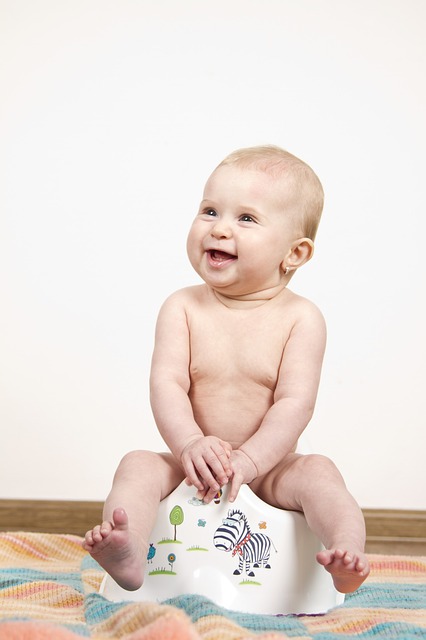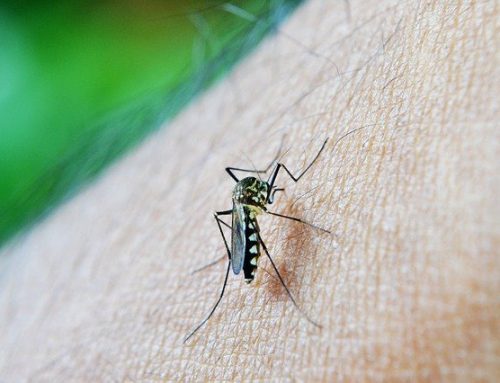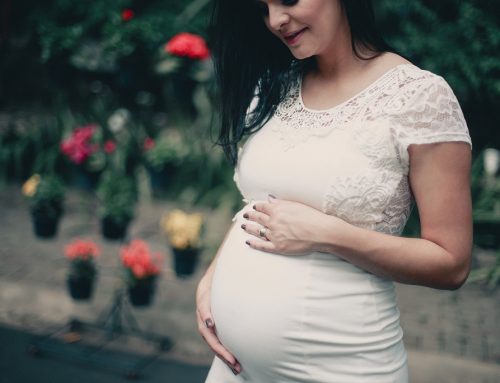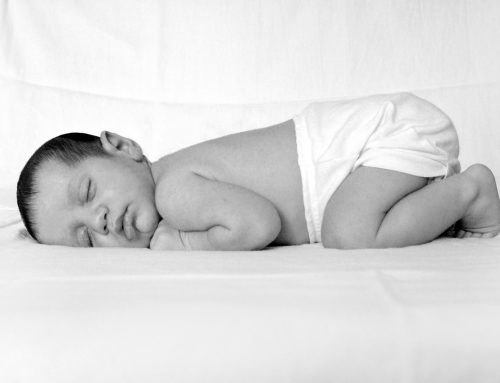There is a scene in every sci-fi movie where it appears as if the aliens have won and humankind is doomed. Exactly that is how I felt when toilet training my son K. Pure despair. It’s a tough task to accomplish: getting your child to abandon the cosy comfort of diapers and incorporate the tools of modern plumbing instead. Mercifully, my son was trained by 3 years. And I could breathe again. From stubbornly refusing to enter the bathroom to successfully landing a daily deuce in the commode, we’ve come a long way.
When to start toilet training
There are different schools of thought here. Some mothers believe the earlier the better. Traditionally, in many cultures that were the way. As soon as the baby could sit/stand, toilet training a.k.a. potty training began.
While some parents rather wait until the child can communicate the desire to visit the toilet.
The traditional vs modern way of toilet training
Whether you choose the traditional or the modern method, Don’t pressure your child or set a deadline as both could hamper the process. Toilet training requires dedicated and constant efforts from parents: to understand the cues, or the pee/poop pattern, clean the mess, etc.. The best time to start is when you can spare time/energy for the training and your baby is comfortable with the training.
The traditional way of potty training:
Just until a generation or two ago, Indian mothers did not rely on disposable diapers like their western counterparts. Cloth nappies were used. That brought a vital advantage, the baby would cry/indicate pee/poop as soon as the business was done.
And we bet the constant cleaning acted as a catalyst for early training. So a combination of no leakproof diapers, the baby being aware of the wetness, and the hassle of cleaning up resulted in babies trained earlier. Usually, a few months after they could stand/sit without support.
Many babies were even trained before their first birthday. Weren’t we all toilet trained early?
The modern way of potty training:
Many parents now wait for the baby to be able to communicate before starting the toilet training. It happens for a variety of reasons.
The easy availability of leakproof diapers has pushed back the age to potty train babies. Diapered baby is used to the feel of pee/potty on the bum without the discomfort of wetness or leaks. The baby kinda gets used to it and hence needs to be trained or conditioned for using the toilet.
Also, working parents, or parents with limited or no help for childcare, may not get sufficient time to train an infant when he or she still cannot communicate, or have time to observe his/her cues.
Many doctors also feel you should train only after 18 months as this is when the child develops bladder control. Doctors encourage not to force a child on the potty seat if he or she isn’t ready yet.
Tried and tested ways of toilet training
There is no one, sure shot method. You need to figure out the combination of ideas that will work for your child. Once you decide to start training, you have to keep at it despite the setbacks.
Some kids like having a portable mini-sized pot, others prefer to sit directly on the adult toilet with a potty training seat. Once you figure out your child’s preference, it will be easier to train.
Toilet training before 18 months of age:
Babies cannot communicate well at this age. However, they understand the associations. There are different approaches to create associations.
Parents or a caregiver needs to be around the child all the time, for any of this approach to be successful. A child should be able to sit or stand without support for any of these approaches. Parents usually do away with diapers completely, or may only use them at night or when stepping out, for any of the following approaches:
1. Frequent toilet trips:
Take the baby to the toilet every 1-2 hour and coax to pass urine or stools. Some parents may even show how to do it. Follow this religiously until finally, the child associates his or her body functions with the toilet.
This method works if the caregiver has the time and patience to carry out the task religiously.
2. Observe the baby’s cues:
Observe the baby closely for cues before pee/poop. Example, a baby, stops suddenly in the middle of an activity, or twitches his eyes, etc.. When the cues present, take the baby to the washroom or designated place to relieve him. Slowly the child learns the association.
3. Know the schedule:
First, observe the baby’s daily pattern and timing for pee and poop. Once you know the approximate timings, around the estimated time take the baby for pee/poop.
This method works well for poop training since the timing is more predictable for many kids.
Toilet training after 18 months of age:
By this age, most kids can communicate via signs or even a few words. They also develop better bladder control.
One can adopt the associations approach if you feel the child is still not able to communicate. If you are confident that a child is ready to communicate, you can follow one or more of the following way which suits you and your baby:
1. No diapers at home
Once your child hits this age, you can eliminate the diapers at home. Start with either a few fixed hours every day or diaper-less daytime.
Keep one sharp eye on your child in the selected training period. A lot of kids have a tell. You may notice slight shifts in his or her behaviour or facial expressions that occur just before a bowel movement. My daughter parts her legs wide just before she is about to poop. When this happens, I swoop into action and carry her into the bathroom.
Going without a diaper makes them aware of their own body. Some kids are finicky and won’t like it when they soil themselves, and soon learn to tell you that they need to go straight away.
2. Rewards for results
“Here’s chocolate. Please?”
“Here’s two. Now?”
“Here’s the whole box! Just sit on the pot!”
Caregivers can use this method (well not the whole box of chocolates) once a child is able to understand basic conversation, around 18 months to 2 years. The child is given a treat every time, and then when the training approaches completion, the treats slowly recede and eventually stop.
This is a tricky method, and it might not send the right message to your child. They may grow to expect treats for every task they accomplish. However, this system has worked for some people. It didn’t for me, though.
My obstinate daughter blatantly shook her head, folded her arms and refused the treat. Until inspiration hit me and I offered up another treat: praise. We clapped, hollered and made a loud fuss out of every toilet visit. That got her. Now after successful urination, my daughter turns to me and proceeds to clap her hands.
Many parents swear by reward chart instead of a treat. Give a star or smiley every time your child tells you before pee/potty. Positive affirmations work wonderfully with many kids.
3. Making a game of it
Many kids get bored sitting and decide to get off the toilet, only to pass a motion or urinate on their way out of the bathroom. To get your child to sit long enough to see results, you need motivation.
You can read their favourite book, sing songs together, or even come up with fun games to play. I would place a shallow bucket at a certain distance, hand my son a small ball and get him to land a shot inside successfully. We even allotted points, which increased when the distance increased.
Once he was finished with business, I’d pack up the game and resume till our next visit. Safe to say, he was eager to return.
4. Potty-training books
There is a whole market of books written to help your child reach this particular milestone. Find one (or more) that resonates best with you. Read the books together, while you explain the story in great detail. After a few sessions, you can ask your child questions like, “Where did the Teddy bear go to pee?”, “Why do we need the toilet?” And so on and so forth. Once the facts are cemented in your child’s mind, you can ask if he or she would like to do as Teddy did. Chances are, they will say yes.
Books to try:
When to stop diapers at night
It depends. Rule of thumb is to check the diaper every morning for a few months for any dampness. Also, if your child wakes up at night to use the toilet, it is time to discontinue the diapers.
Generally, children between 2.5 and 4 years of age can get through the night without wetting their bed. However, some 5 and 6 years old may not. And both are normal. You may not want to use diapers that long. Gently take the baby to toilet 1-2 times at night, as required, to avoid frequent bedwetting.
Some paediatricians may recommend you to get away with diapers even if your child is not toilet trained beyond 1.5-2.5 years of age.
Tips for parents when toilet training
Be patient:
It could take up to 12 months or more before you see the last of your baby’s diapers. Some kids pee trained early but take longer for potty training or vice versa. Some kids are too shy to poop/pee in front of anyone, especially under adult supervision. But all kids are eventually trained.
Consistency is the key:
Kids thrive on routine. So make one and stick to it. Over time, they will instinctively pick up when it’s time to go to the bathroom.
Stay calm:
At times, you will get exasperated and frustrated. But don’t vent out on your child. It will only undo all your hard work.
Be encouraging:
“Awesome!”, “Super!”, “High five!” And other such phrases will motivate your little one to do the job.
Why you should not delay toilet training
While you may contemplate the right age or right time or right way to potty train your child, you may not want to delay it too long (what is too long?). Depending on the climate of your place, your child’s dependence on diapers, etc. delayed toilet training may pose a few challenges:
- The chances of getting UTI or diaper rashes increases with longer usage of diapers
- The child may get too dependent on diapers & refuse to give them up
- The child may feel conscious when his or her peers are trained
- Long reliance on diapers may delay developing bladder control
Discuss with your paediatrician the right age to start potty training your child.
Conclusion
Some kids will take to the toilet like fish to water. Others will take ages before they figure it out. Either way, it will happen eventually. What you need to do as a parent is finding the path that gets you there.






Anuchiaai is the first thing I think of when considering anything new in childcare. Thanks Rohini for your well researched posts that make life easier for anyone involved in childcare
Hi Chandrika! Thank you for your kind words. I hope Anu Chi Aai continues to be your go to place for all queries related to childcare and parenting. Your love and encouragement makes us work hard every day :-)!
Very useful post. Thanks for sharing your experience. I got the book, once upon a potty and we love it! We read it at last 3 times in a day. 🙂
Thanks Jyoti. Glad you found it useful.